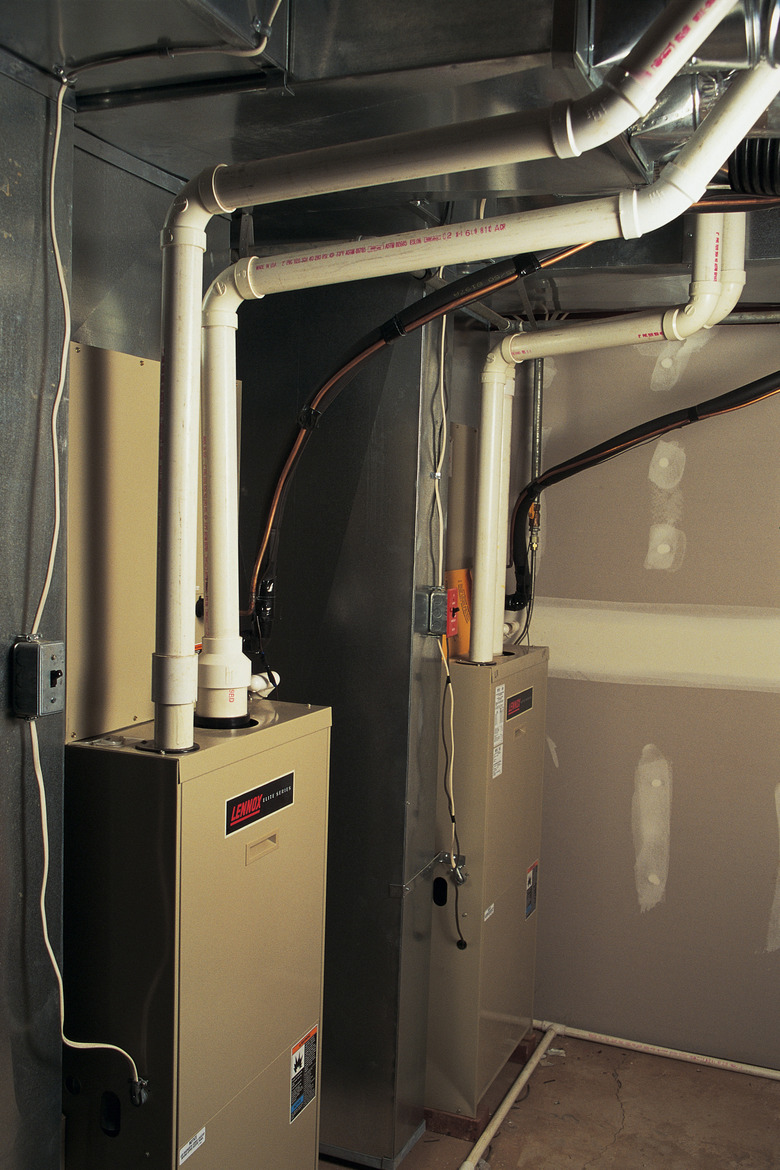What Does A Flashing Red Light & A Flashing Green Light On My HVAC Circuit Board Indicate?
Furnaces and air conditioners are often packaged together. They provide climate control for a home, which is important to quality of life, and when they break down it is important to repair them in a quick and timely manner. Manufacturers build in an easy diagnostic service with flashing red and green lights for HVAC, or heating, ventilation and air conditioning units.
Coded System
Coded System
Knowing what your HVAC unit is doing at any time is critical to identifying a problem on the system. Before it can be fixed, it is necessary to know what is wrong. To assist the homeowner and repairman in finding out the state of the unit each manufacturer gives their own color-coded system of blinking lights. By studying the lights and their actions it is easy to know the unit status if you know the correct code.
Finding the Code
Finding the Code
The manufacturer's code is often found in the manual, and on the back of the furnace. It may be attached to the circuit board itself where it is always handy. The lights are sometimes attached to the circuit board and you must look inside the unit to find them, but with other HVAC units the lights are visible as part of the front panel. The lights are in one of four states — off, on but not blinking, blinking steadily and blinking in a pattern.
Various Patterns
Various Patterns
If the light is off it means the HVAC unit has no power. It may be turned off for the season, a plug may have come loose or the circuit is tripped. A slow, steady light generally means that the unit is on but not providing heat, while a fast, steady blinking light means the unit is working properly and providing heat. Other patterns signify problems ranging from urgent to less immediate dangers.
Typical Problems
Typical Problems
Depending upon your unit, it may be signaling that it has exceeded the allowable times to attempt to start and will not provide heat until checked. Inappropriately located flames, gas valve problems and low flames are all urgent problems. Electrical problems might be resolved as easily as pulling the plug from the wall and putting it in the other way. If the light continues to blink its code, however, you'll need to call in a professional.
